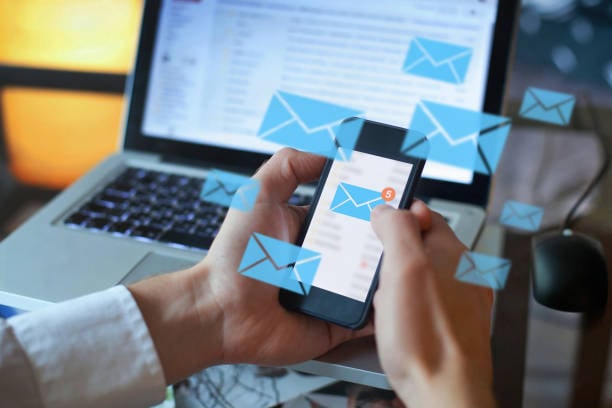
The future of email marketing is here!
Email marketing is one of the first kinds of digital marketing. It has stayed relevant over decades of technological advancement. But within the last couple of years, social media marketing has taken the spotlight with 33% of all digital advertising spending, and it’s making marketers question the effectiveness of email marketing.
Yet, email marketing remains the highest return on investment (ROI) marketing tactic. An average American business makes $36 for every dollar spent on email marketing.
It is time to question if crafting better emails can enhance ROI further.
Email marketers no longer need to cater to customers who only watch television ads and read newspapers. The new generation of customers has moved online and consumes fast-paced content. Capturing the attention of the public is a whole other level of challenge for marketing teams.
In this vein, let's talk about interactive emails.
Imagine an email that's more than just text and images. Interactive email raises the bar with fun and engaging elements like surveys, quizzes, polls, and games. It's like having a mini-website in your inbox that your target audience cannot help but interact with.
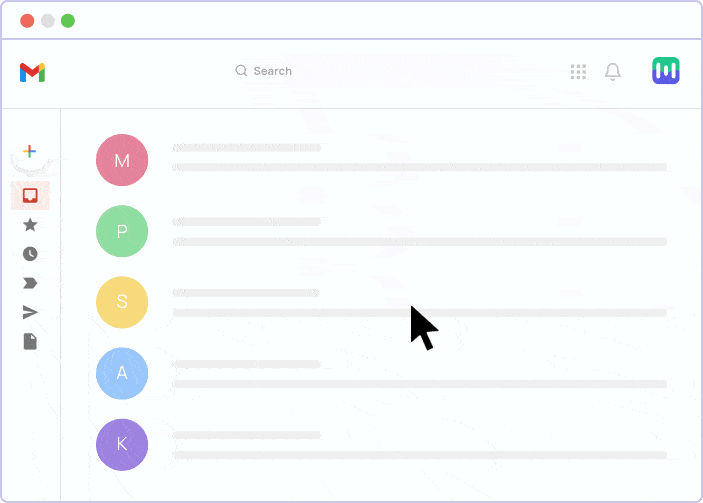
Source: Mailmodo
With traditional, static emails, you have to navigate to an external site or application to interact with the content; with interactive emails, however, you’re given a dynamic user-centric design so that you can relate to the content directly within the email itself.
These tasks can be anything, from booking a hotel room, submitting forms, or viewing videos.
Interactive email has come a long way since its inception in the early 2000s. Emails started as plain text, but the introduction of HTML support brought support for fonts, colors, and JPEG and PNG images.
After this came the introduction of CSS and JavaScript in emails. During the 2000s, with the increased adoption of HTML and CSS in email clients, forms and surveys in emails became more common.
In late 2019, Google introduced accelerated mobile pages (AMP), which allows you to create more interactive and dynamic content within your emails. You can browse entire catalogs and even complete credit card transactions from your inbox.
Interactive emails have gradually progressed, and you can safely anticipate even more leaps in technology to better the user experience (UX). Expect this trend to continue as email marketers seek ways to make their emails stand out in crowded inboxes and increase engagement with their audience.
As a business owner, you can't deny the impact of interactive emails on customer retention. Let’s review the differences between static and interactive email to understand why the latter is important for customers.
Unlike static emails, interactive emails provide real-time information without requiring the recipient to navigate away. Users can also perform transactional actions directly from the client email service provider (ESP), whereas static emails require users to click on an external webpage.
Due to the dynamic nature of interactive emails, they’re more appealing than traditional emails. Interactive emails have a much more seamless user experience due to their convenience. They make interacting with emails on mobile devices more engaging and intuitive.
The layout and structure of interactive emails make them flexible in their design. The often-overwhelming nature of emails is gone with interactive elements like tabs or expandable sections. This is in contrast to static emails, which have a very rigid linear layout that limits the recipient's view.
In some cases, static emails beat interactive emails. These include:
Static emails have drawbacks that can be avoided or even improved upon if you use interactive emails. Drawbacks include causing limited engagement with users and reduced personalization or other lack of features.
Interactive emails offer the following benefits.
Implement any of these interactive emails in your campaign series, depending on what works best for you.
An interactive email removes the need for your customers to navigate to another site to fill out a survey. And luckily, surveys are easy to develop in your email.
Instead of redirecting to a new window to book meetings, you can let the user select the date and time of meetings directly.
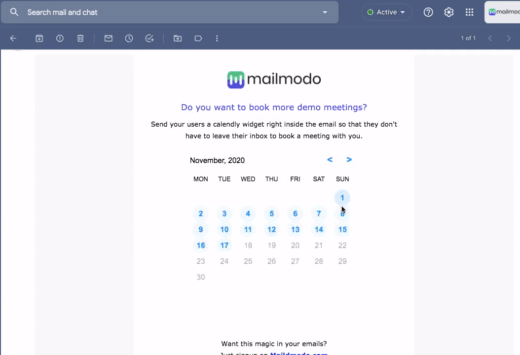
Source: Mailmodo
For example, you can schedule a meeting in Google Meet right in Gmail, and the schedule will update in your Google Calendar. This keeps everything unified, making it easier for users to include your services in their planning.
Using interactive email allows you to send quizzes to your subscribers. This introduces a fun aspect to the interaction between you and your subscribers. Quizzes are a good way to keep them aware of you and maintain relevance in their circle.
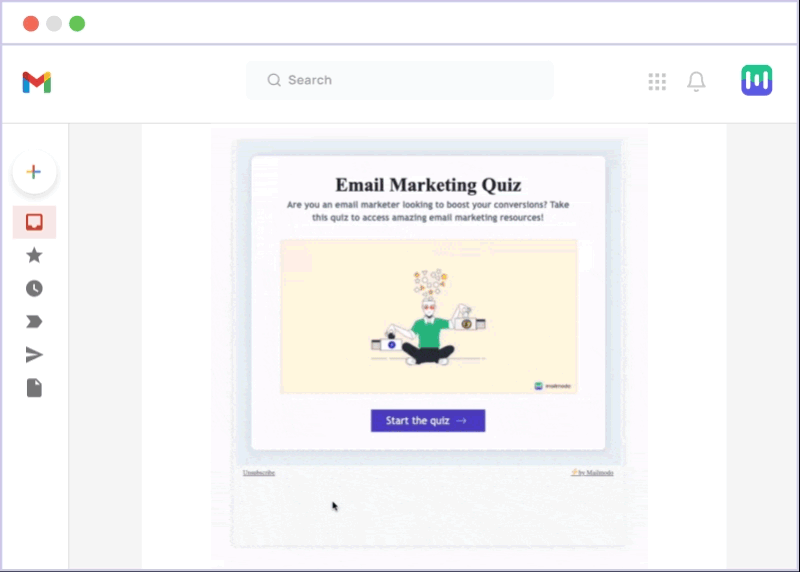
Source: Mailmodo
You can post registration pages in your interactive emails - recipients can sign up and RSVP their invite within the email.

Source: Mailmodo
Event management becomes much more doable for your team as the need to build a separate page for registration is no longer required. The recipients are also more likely to register for the event since they don’t have to go anywhere to do it.
With the added feature of image maps, you can add clickable action to an image, making it interactive for the recipient.
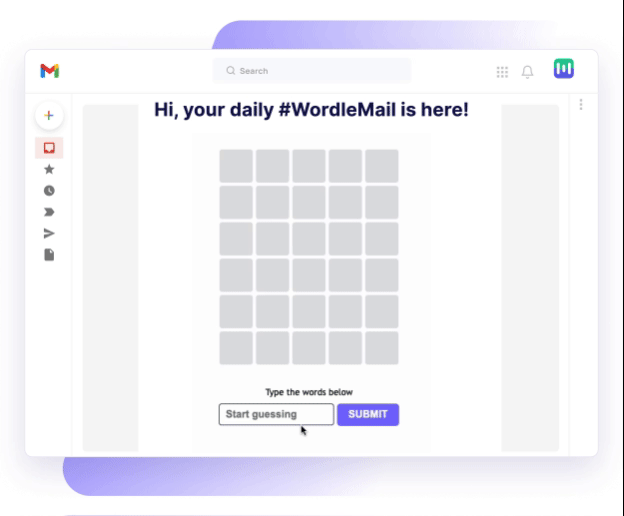
Source: Mailmodo
For example, you can create an image reminiscent of "Where's Waldo?" and then ask users to find your products within the image by clicking on them.
You can also incentivize this by offering discounts on the items the customer finds. Cosmetic brands use tactics like these to bring fun to their weekly newsletters.
You can use interactive emails to remind the users of their cart contents.
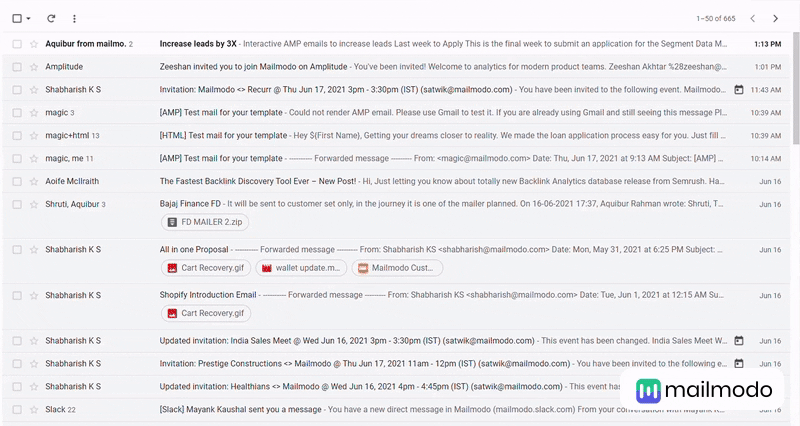
Source: Mailmodo
The majority of users window shop on sites but often leave before checkout. Giving them a soft reminder will nudge them toward finishing their purchase. Combining this with the gamification strategy, you can increase the checkout rate at your store significantly.
Widgets are basic elements within an email template that users interact with seamlessly. Various types of widgets are available, each serving a specific purpose.
Forms are the most basic type of widgets you can put in interactive mail. They collect basic information from the user. Collecting information like transactional details or addresses can go into the user database. It comes in handy during checkout, making the payment process smoother.
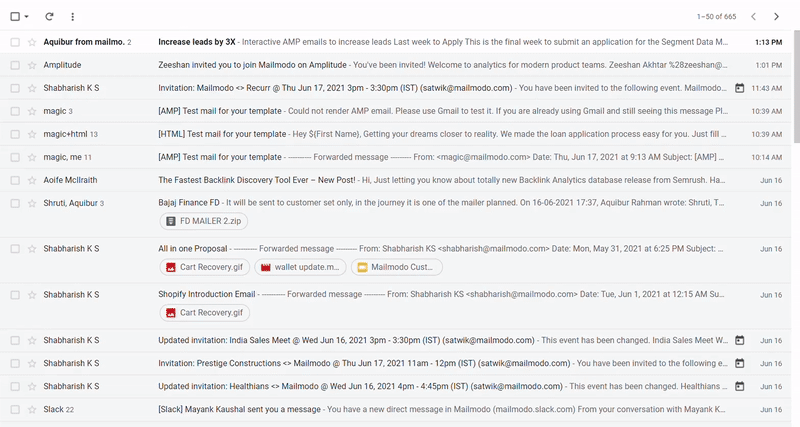
Source: Mailmodo
Many brands use a shopping cart widget to increase their checkouts. Introducing a shopping cart right in your mail reduces customer purchase friction. The customer can add items and checkout directly from the email with this widget. And the process of adding a cart widget to your mail is as simple as using pre-made email templates.
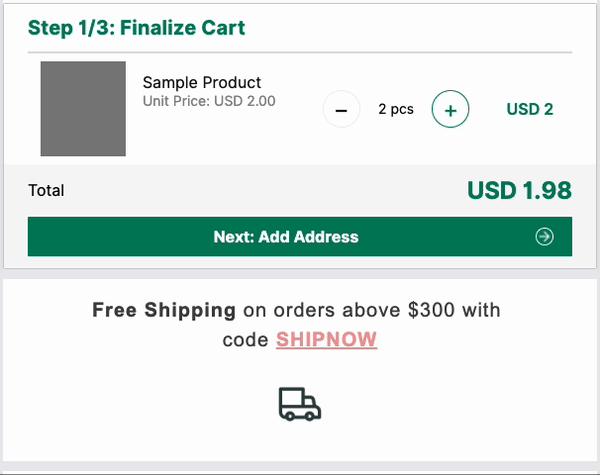
Source: Mailmodo
Net promoter score (NPS) surveys measure customer loyalty. These interactive surveys garner more responses. You can upload your contacts and then segment them to send group-specific surveys to get specific responses from the customer base. You can then download and study the data to find ways to increase consumer satisfaction.
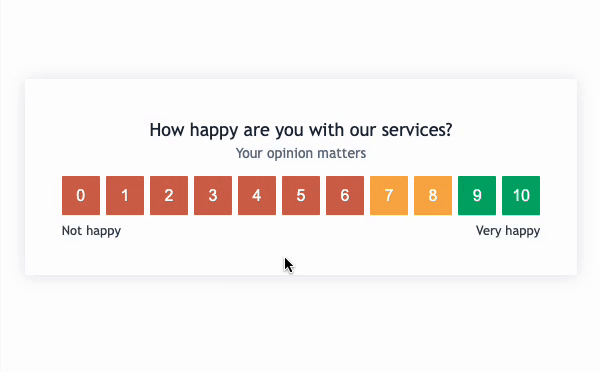
Source: Mailmodo
Calendar invites are another type of widget that positively affects user retention. You can use prebuilt templates to create these invites or make a custom one using various builders available in the market.
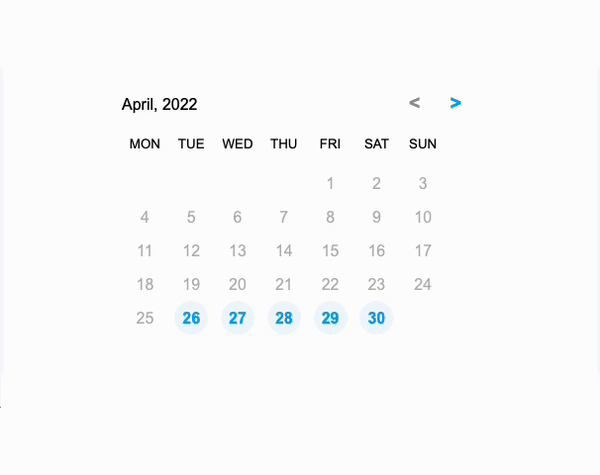
Source: Mailmodo
Wouldn't it be great if you could showcase your whole catalog in a single email?
The image carousel widget can do that for you! Instead of bombarding recipients with multiple images in their email, you can choose the less aggressive option of a carousel, which displays a single image at a time. This gives control to the users and makes them likelier to interact with the images.
This widget gamifies the user's actions within the email. To use the spin the wheel widget, a recipient clicks the offer to set it spinning. The customer receives the offer they land on.
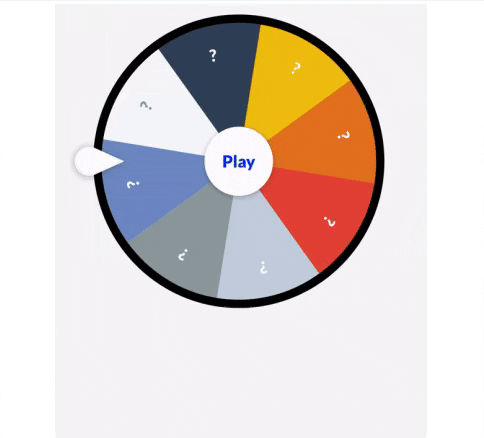
Source: Mailmodo
Mailing your users a basic number sheet and calculation formulas is boring as it gives them the hassle of performing the calculation themselves. Giving them a handy calculator with all your formulas built-in is an easy way to maintain retention values and keep traffic high.
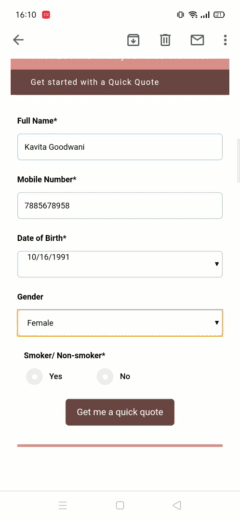
Source: Mailmodo
It makes it easier for the user to calculate the end values so they know exactly how much they have to pay. Multiple service providers offer templates and custom builds for calculators.
Although integrating such fun concepts seems intriguing, be careful choosing the service provider you use to implement the idea.
Many providers claim to offer these services, but the quality is meh, so you have to do your market research first and find the best provider for the particular widget you wish to use.
You can take two routes to send your first interactive email. Hire a backend software engineer to convert static emails to interactive ones. Or else, you can invest in a good interactive email service provider.
Interactive emails are revolutionizing email marketing by providing engaging experiences directly within the messages. They incorporate surveys, quizzes, games, and forms to captivate recipients and boost engagement.
Despite challenges like complexity and compatibility, they offer enhanced user experience, increased engagement rates, improved conversions, and real-time content updates.
To succeed with interactive emails, choose a reliable provider, use intuitive interactive elements, prioritize responsive design, and test compatibility. Embrace the future of email marketing with interactive emails and achieve better results.
Create a successful email marketing strategy. Discover key factors to consider, pitfalls to steer clear of, and helpful suggestions to boost your conversion rates.
Aquibur is the CEO and co-founder of Mailmodo. He's helped various tech companies set up their email marketing infrastructure. His work has appeared in the Search Engine Journal and Martech Zone.
Most people send emails under the general assumption that they’ll be delivered.
 by Antonio Gabric
by Antonio Gabric
Email is one of the most powerful tools for connecting with potential customers. It allows...
 by Aastha Shaw
by Aastha Shaw
AI and machine learning have been buzzwords in every tech-based industry for at least the past...
 by Tejas Pitkar
by Tejas Pitkar
Most people send emails under the general assumption that they’ll be delivered.
 by Antonio Gabric
by Antonio Gabric
Email is one of the most powerful tools for connecting with potential customers. It allows...
 by Aastha Shaw
by Aastha Shaw


